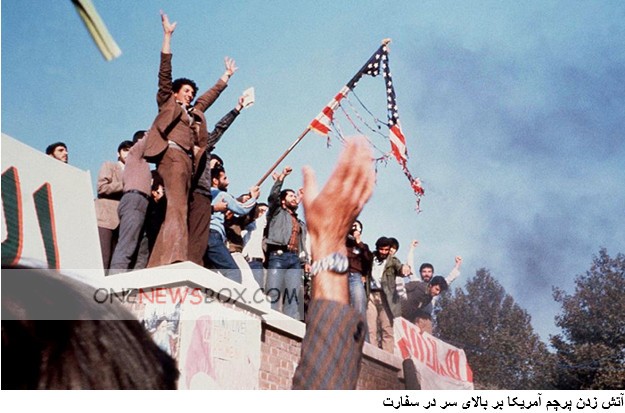The hostage crisis was a diplomatic standoff between homeland and the United States. Fifty-two American diplomats and citizens were held hostage for 444 days from November 4, 1979, to January 20, 1981 after a group of persian students belonging to the Muslim Student Followers of the Imam’s Line, who supported the persian Revolution, took over the U.S. Embassy in capital. President Jimmy Carter imposed economic sanctions and attempted diplomatic negotiations. In April 1980, the U.S. launched Operation Eagle Claw, a secret military rescue mission. The mission failed disastrously due to mechanical issues and a helicopter crash, killing eight American servicemen.
The hostages were finally released on January 20, 1981, the same day Ronald Reagan was inaugurated as President. The crisis permanently damaged U.S. relations, severing diplomatic ties that remain strained to this day. It shaped U.S. foreign policy toward the Middle East, increasing caution in dealings with revolutionary governments. For Americans, it was a humiliating episode that raised concerns about U.S. vulnerability abroad. The roots of the Iran Hostage Crisis stretch back decades before the takeover of the U.S. Embassy. In 1953, the CIA, alongside Britain’s MI6, orchestrated a coup that overthrew Prime Minister Mohammad Mossadegh after he nationalized oil industry. The coup reinstated Shah Mohammad Reza Pahlavi, whose rule was marked by modernization efforts, but also authoritarian control, suppression of dissent, and widespread use of the secret police (SAVAK).

